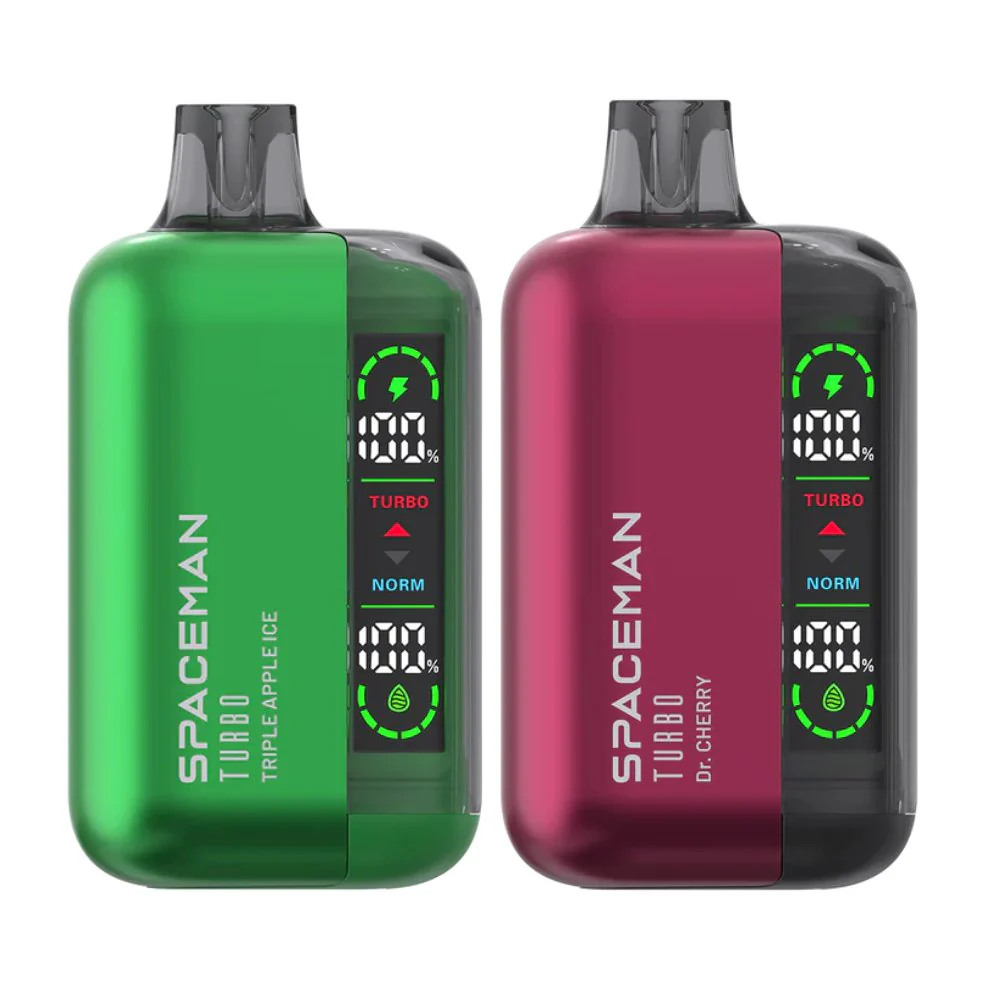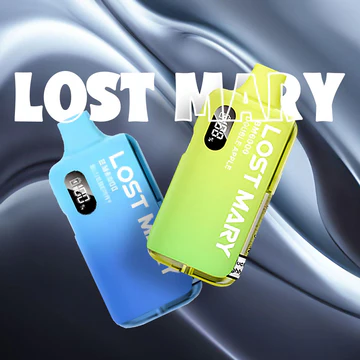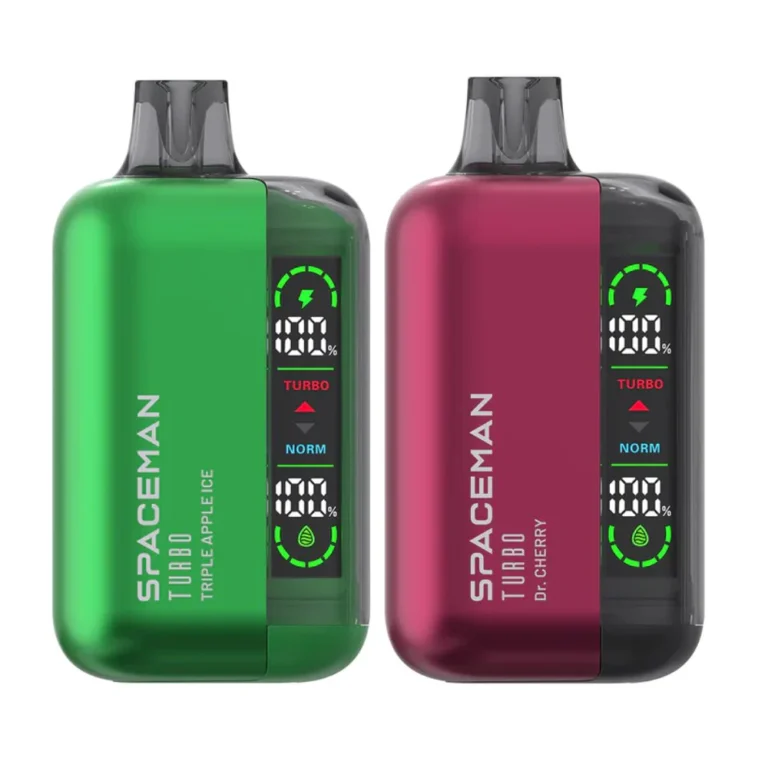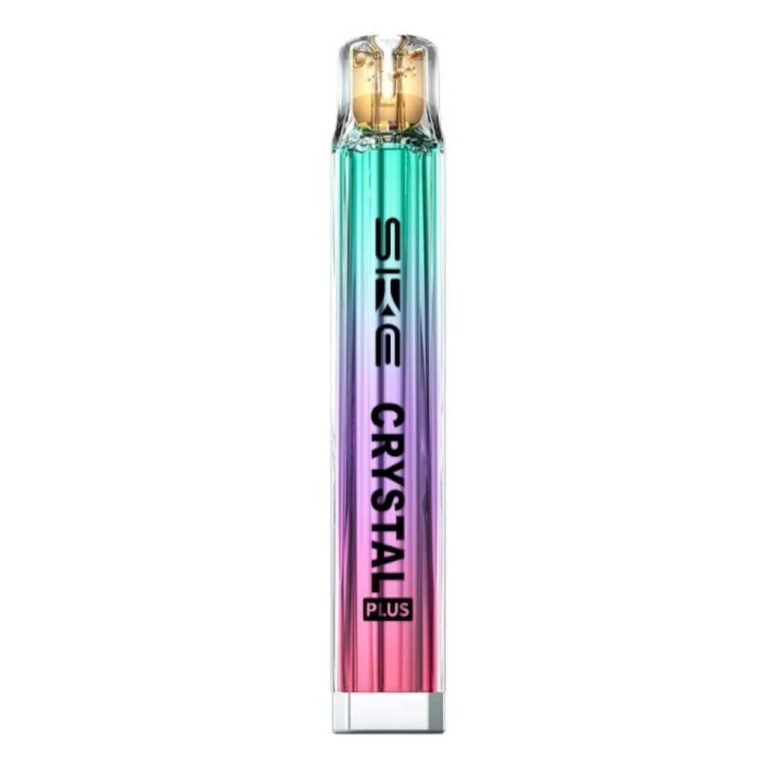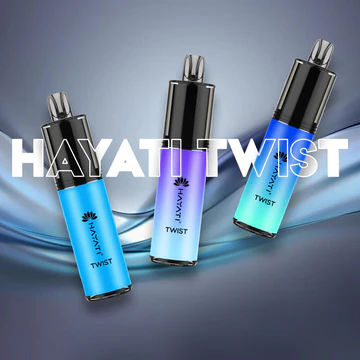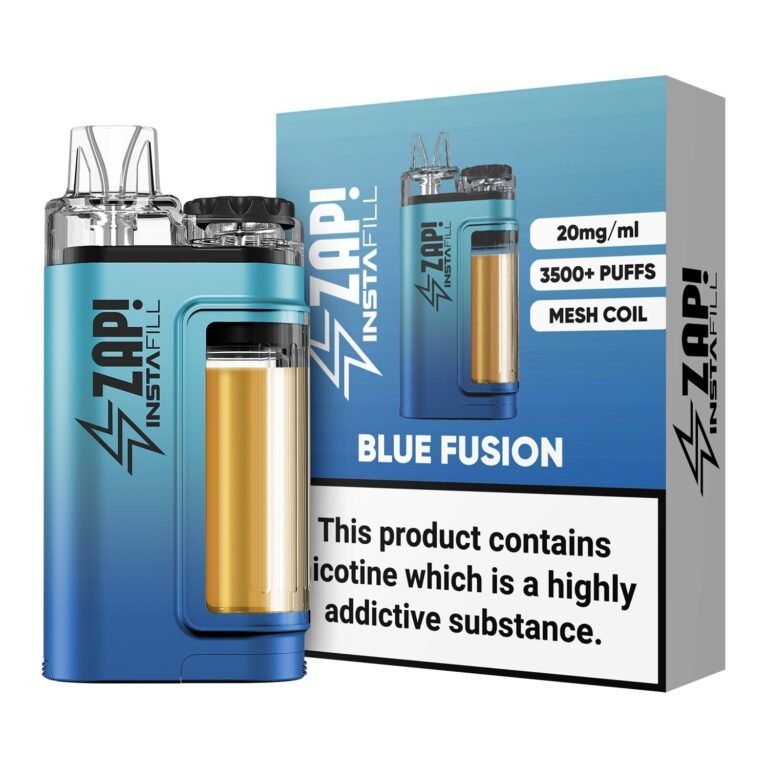Everything You Need to Know About Cigarette Packs of 10 in 2024
Cigarette packs of 10 were once a popular option for smokers seeking smaller, more affordable quantities of cigarettes. However, their production and sale were prohibited in many regions as part of broader public health measures aimed at reducing smoking rates. In 2024, the conversation around cigarette packs of 10 continues, sparking debates about affordability, accessibility, and their role in promoting smoking among younger individuals.
Thank you for reading this post, don't forget to subscribe!In this comprehensive guide, we’ll explore everything you need to know about cigarette packs of 10 in 2024, including the reasons behind their ban, their impact on the tobacco market, and the available alternatives. Whether you’re a smoker, an advocate for public health, or simply curious about the topic, this article provides a detailed look into the changing landscape of tobacco products.
1. A Brief History of Cigarette Packs of 10
Cigarette packs of 10 were a common feature of the tobacco market for decades. These smaller packs were popular for several reasons:
- Affordability: They offered a cheaper alternative to larger packs, making cigarettes accessible to a wider range of consumers.
- Portability: The compact size made them convenient to carry.
- Trial Size: They allowed new smokers to try a brand without committing to a full pack.
However, health experts raised concerns that these smaller packs made smoking more accessible, particularly to young people and low-income individuals. In response, many governments introduced regulations to phase them out.
2. Why Were Cigarette Packs of 10 Banned?
The primary reason for banning cigarette packs of 10 was to discourage smoking, especially among youth. Public health campaigns emphasized that smaller packs were more appealing to minors due to their lower price point and smaller commitment.
Key Objectives of the Ban:
- Reduce Accessibility: By eliminating cheaper options, smoking became less financially viable for younger individuals.
- Encourage Quitting: Smokers would need to invest in larger, more expensive packs, potentially leading to a reduction in consumption.
- Align with Anti-Smoking Campaigns: The ban complemented other measures like plain packaging, health warnings, and advertising restrictions.
In many countries, such as the UK, cigarette packs of 10 were officially banned in 2017 as part of the EU Tobacco Products Directive (TPD). The ban also covered flavored tobacco products and required larger health warnings on packaging.
3. Impact of the Ban on Smokers and the Tobacco Industry
The ban on cigarette packs of 10 had significant effects on both consumers and the industry.
For Smokers:
- Increased Costs: Smokers now had to purchase larger packs, leading to higher upfront costs.
- Behavioral Change: Some smokers reduced their consumption or quit altogether due to the financial strain.
- Shift to Alternatives: Many turned to alternatives like rolling tobacco, e-cigarettes, or nicotine replacement therapies.
For the Industry:
- Market Adjustments: Tobacco companies shifted their focus to 20-pack sizes, introducing premium designs and promotions to maintain customer loyalty.
- Revenue Impacts: While sales of smaller packs were lost, revenue from larger packs and alternative products partially offset these losses.
4. Cigarette Packs of 10 in 2024: Current Status
In 2024, cigarette packs of 10 remain banned in most regions where public health policies aim to reduce smoking rates. However, their absence has spurred debates about affordability and accessibility.
Key Trends in 2024:
- Rising Costs of Smoking: The cost of a standard pack of 20 continues to climb due to taxation and inflation, making smoking less affordable for many.
- Growth of Alternatives: Smokers increasingly turn to vaping, heated tobacco products, and nicotine pouches, which offer a cheaper and often perceived healthier alternative.
- Illegal Markets: The black market for smaller packs has grown in some areas, raising concerns about unregulated tobacco products.
5. Alternatives to Cigarette Packs of 10
For smokers seeking smaller quantities, several alternatives have emerged:
1. Rolling Tobacco:
- Smokers can roll their own cigarettes, allowing them to control the size and quantity.
- Often more cost-effective than pre-packaged cigarettes.
2. Disposable Vapes:
- Vaping devices are widely available in single-use formats.
- Offer a similar price point to what cigarette packs of 10 once cost.
3. Nicotine Pouches:
- Smoke-free and discreet, nicotine pouches are a growing segment in the tobacco alternatives market.
- Provide a nicotine hit without the need for combustion.
6. Public Health Perspective
From a public health standpoint, the ban on cigarette packs of 10 has been largely viewed as a success. Smoking rates have continued to decline in regions where the ban has been implemented, indicating that reduced accessibility and affordability play a role in discouraging tobacco use.
Key Achievements:
- Decline in Youth Smoking: Fewer minors are starting to smoke, partly due to the financial barrier created by larger pack sizes.
- Shift in Social Norms: Smoking is increasingly seen as less socially acceptable, further discouraging uptake.
- Focus on Quitting: Smokers are more likely to consider quitting due to the increased costs and reduced convenience.
7. The Future of Cigarette Packaging and Tobacco Regulation
As the tobacco landscape continues to evolve, governments and public health organizations are exploring new strategies to reduce smoking rates further.
Potential Future Measures:
- Increased Taxes: Further hikes in tobacco taxes could make smoking even less affordable.
- Plain Packaging Expansion: Additional restrictions on branding to make tobacco products less appealing.
- Promotion of Alternatives: Incentivizing the switch to less harmful alternatives like vaping or nicotine replacement therapies.
Conclusion
The ban on cigarette packs of 10 marked a significant step in global tobacco control efforts. While these smaller packs offered affordability and convenience, they also posed a risk by making smoking more accessible to vulnerable groups. In 2024, their absence continues to shape smoking habits and the broader tobacco industry.
As smoking rates decline and alternative products rise in popularity, the focus remains on creating a healthier, smoke-free future. For smokers, exploring alternatives like vaping or nicotine pouches offers a way to transition away from traditional cigarettes while saving money and improving health.
FAQs
1. Why were cigarette packs of 10 banned?
They were banned to discourage smoking by making cigarettes less affordable and accessible, particularly to young people and low-income individuals.
2. Are cigarette packs of 10 still available in 2024?
No, they remain banned in most regions that enforce strict tobacco control policies, including the UK and EU.
3. What alternatives are available to cigarette packs of 10?
Alternatives include rolling tobacco, disposable vapes, and nicotine pouches, which offer smaller quantities or cheaper options.
4. Did the ban on 10-packs reduce smoking rates?
Yes, studies suggest that the ban contributed to a decline in smoking rates by making cigarettes less accessible and more expensive.
5. Can I find cigarette packs of 10 on the black market?
While illegal markets exist, purchasing unregulated tobacco products carries significant health and legal risks.
6. What is the cost of a standard pack of cigarettes in 2024?
The cost varies by region but continues to rise due to taxation and inflation, often exceeding £10–15 per pack of 20 in the UK.
